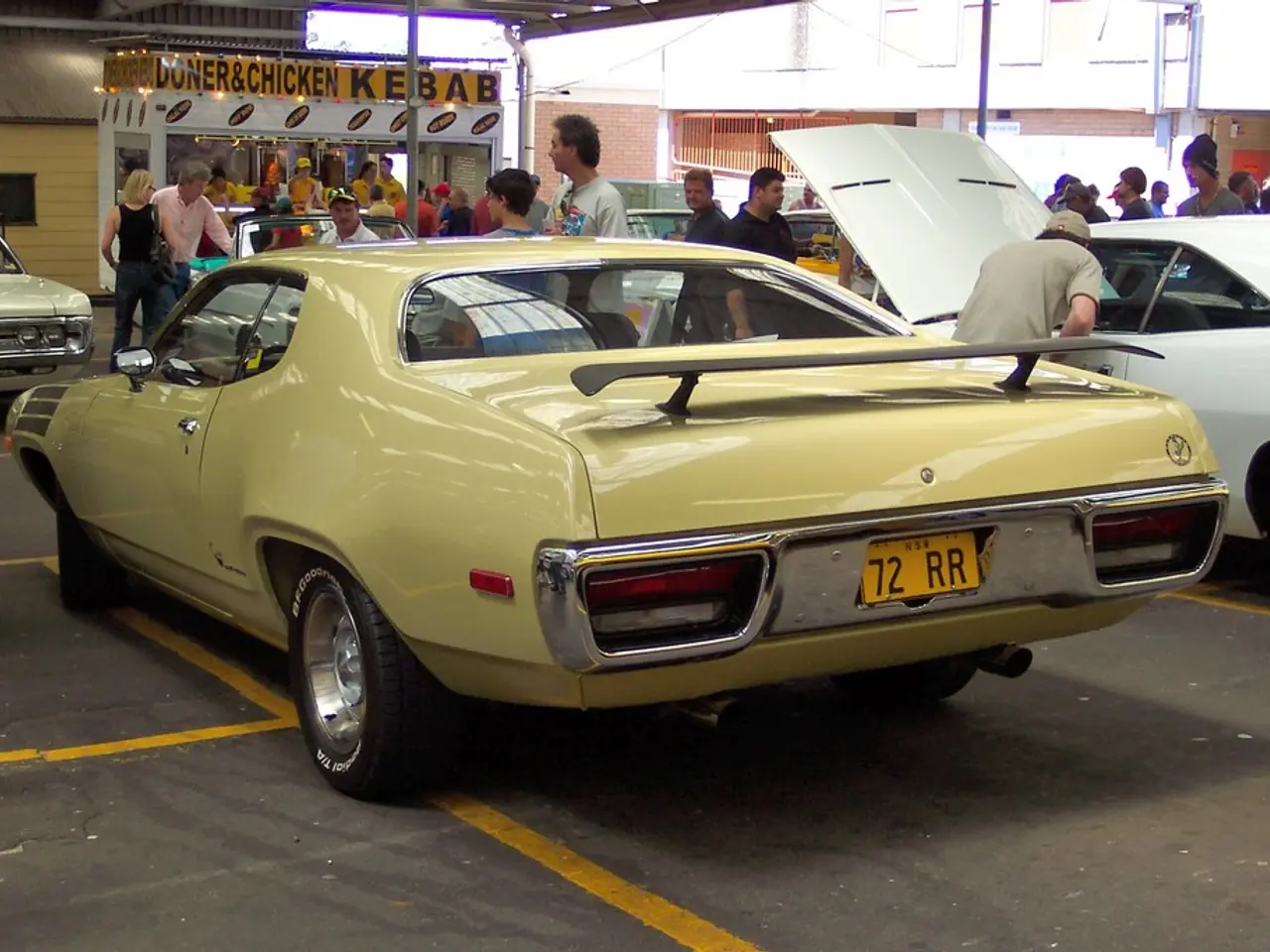Stunning Images Displaying the Authentic 1950s Scene of New York City
=====================================================================================
New York City in the 1950s was a dynamic and vibrant metropolis, a cultural hub that pulsed with life and energy. The city was a melting pot of artistic growth, economic power, social complexity, and darker challenges, reflecting the complexity of postwar urban America.
Artistically, New York City was a beacon of cultural innovation. Greenwich Village's cafes buzzed with creative energy, while Harlem's Apollo Theater played host to jazz concerts that would echo through history. The city's advertising industry, symbolized by Madison Avenue, was also thriving, with executives pioneering product promotion strategies that targeted customers even before they entered a store.
Television production was another significant aspect of New York's artistic landscape. The city was the centre of live broadcasting, shaping much of 1950s American entertainment and culture. The theatrical traditions of the city were reflected in these live broadcasts, making New York a major player in the world of television.
Economically, the city experienced growth and industrial activity. Places like Bush Terminal/Industry City were bustling with activity. However, some neighborhoods suffered decline due to the maritime industry's shift, infrastructure projects, and "white flight." Areas like Sunset Park were affected by these changes. Nevertheless, the opening of infrastructure like the Brooklyn-Battery Tunnel in 1950 helped maintain connections vital for commerce.
Socially, there was a stark contrast between prosperity and poverty. Prosperous urban middle-class life coexisted with neighborhoods like the Bowery, known as "Skid Row," plagued by homelessness, alcoholism, and dilapidation. The city had considerable racial and class tensions in neighborhoods such as Harlem and others. African American artists and intellectuals, despite facing systemic racism and government repression, contributed significantly to the cultural fabric of the city.
Regarding darker aspects, crime persisted with Mafia activity and the existence of brothels, pawn shops, and saloons in certain districts. Cold War paranoia created an atmosphere of fear and suspicion across the city, affecting artists, performers, and everyday citizens alike. Poverty was visible especially in pockets like the Bowery, alongside growing homeless populations and economic hardship for many urban dwellers.
In summary, New York City in the 1950s was a place of artistic vibrancy and economic innovation marred by social inequalities, crime, and Cold War-induced fear. The construction of the Verrazzano-Narrows Bridge, which connects Staten Island and Brooklyn, began in 1959. Jazz stars like Miles Davis and John Coltrane performed at the Apollo Theater in the 1950s. The Apollo Theater in Harlem attracted acts such as Nat King Cole, Ella Fitzgerald, and Josephine Baker. The decline of Times Square started in the 1930s and continued in the 1950s, becoming an area full of burlesque shows, dance halls, and cheap restaurants. The Bowery had a reputation for attracting alcoholics, unhoused people, and sex workers in the 1950s. The Mafia still operated in New York, as indicated by the 1957 murder of mob boss Albert Anastasia. Sidney Poitier appeared in the Apollo's first-ever dramatic play shown on the theater's stage, The Detective Story.
Photography captured the vibrant street life of New York City in the 1950s, with lensmen documenting everything from jazz concerts at the Apollo Theater to the gritty reality of Skid Row in the Bowery. The evolution of lifestyle and home-and-garden trends can also be seen in the city during this time, as prosperous urban middle-class households began embracing modern appliances and design styles, while those living in declining neighborhoods struggled to maintain their homes.





